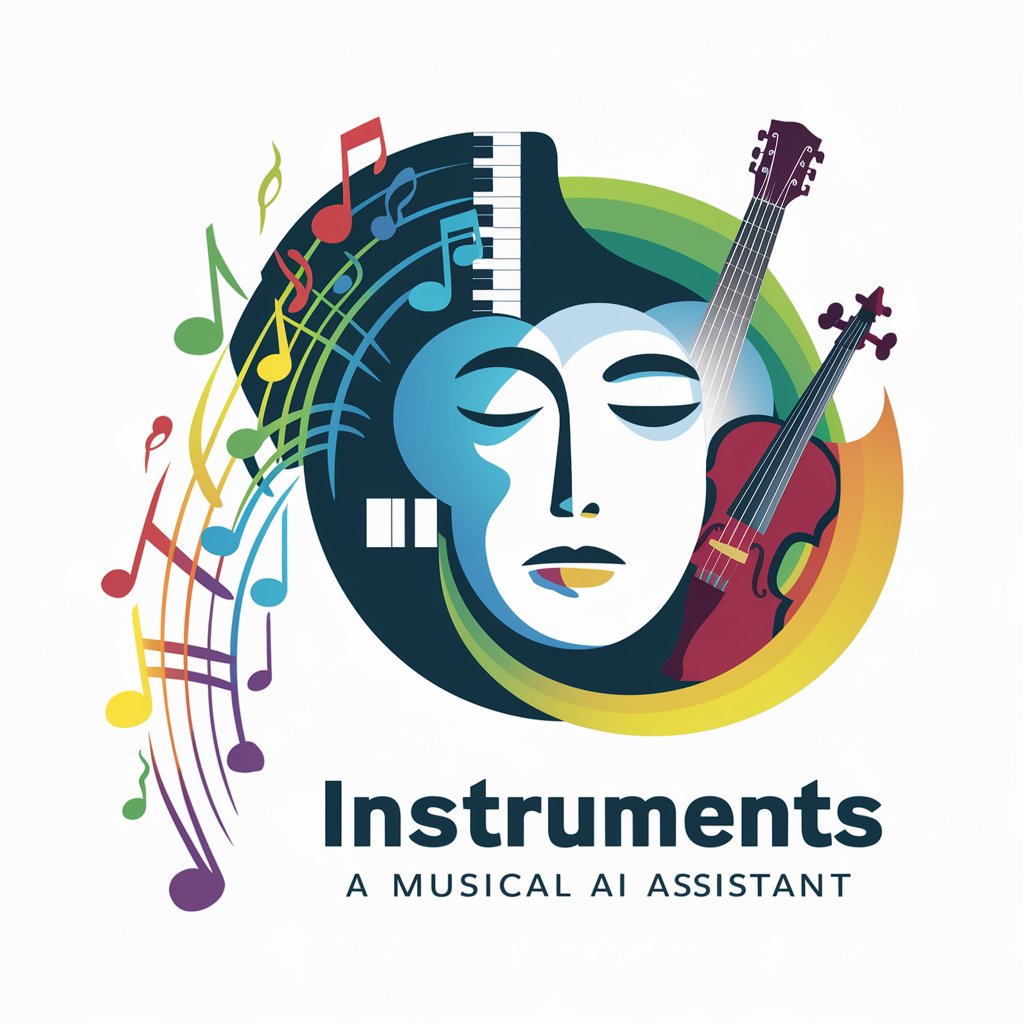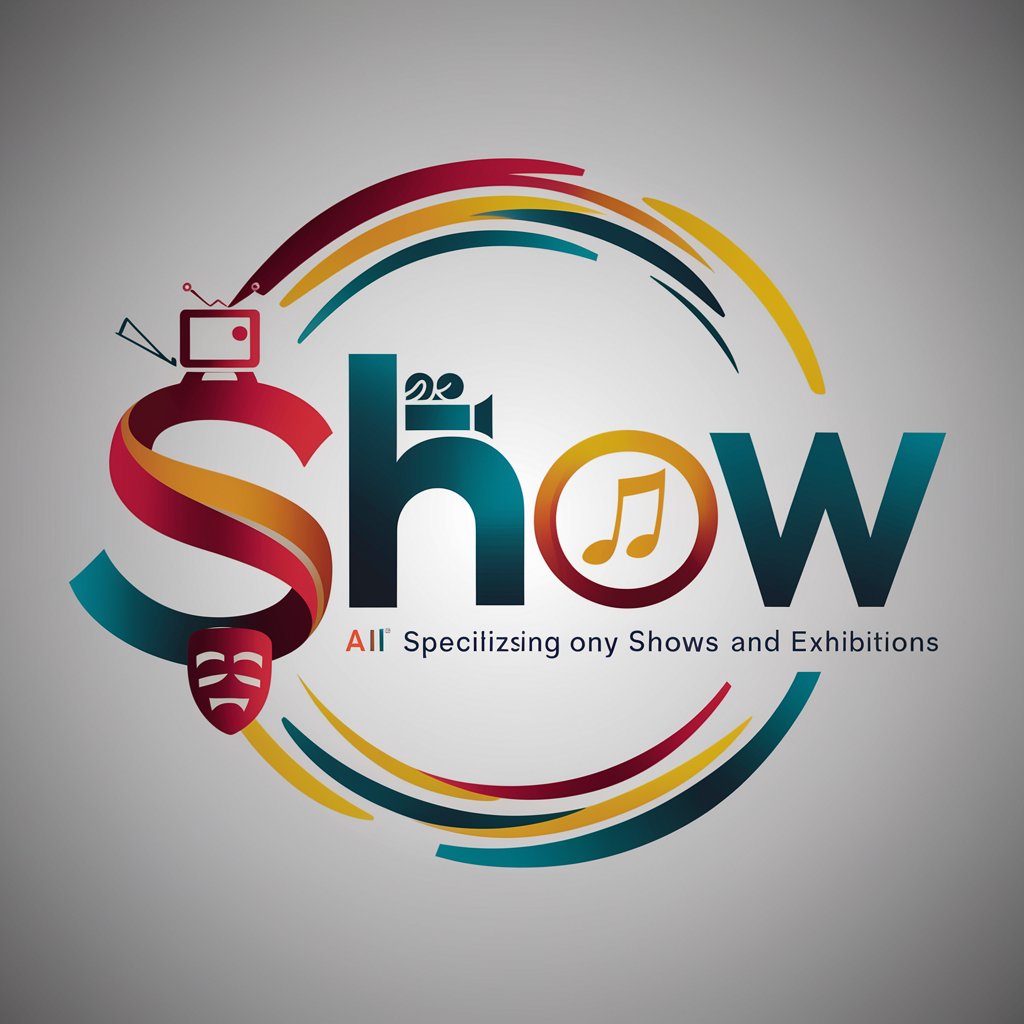Instruments - Musical Instrument Guide

Hello! Let's explore the wonderful world of musical instruments together!
Explore, learn, and create with AI-powered musical insights.
Tell me about the history of the violin and its role in orchestras.
How does a guitar produce different sounds, and what are its main components?
Explain the differences between a grand piano and an upright piano.
What are the unique characteristics of brass instruments in a symphony?
Get Embed Code
Overview of Instruments
Instruments is a specialized GPT designed to delve into the world of musical instruments, offering insights into their types, history, characteristics, and roles in music and orchestration. It serves as a comprehensive guide for understanding the intricacies of various instruments, from common ones like the piano and violin to less familiar instruments such as the theremin and oud. The purpose of Instruments is to make the learning experience about musical instruments engaging and educational, providing rich content that includes historical backgrounds, how instruments are played, their roles in different music genres, and interesting facts that enhance appreciation of music. For example, it can explain the evolution of the violin in classical music, detail the construction of a saxophone, or explore the unique sounds of world instruments like the sitar. Powered by ChatGPT-4o。

Key Functions of Instruments
Educational Insights
Example
Explaining the difference between woodwind and brass instruments, including how sound is produced in each family.
Scenario
A music teacher seeks to provide students with a deeper understanding of orchestral families for a classroom lesson.
Historical Context
Example
Detailing the origins and evolution of the electric guitar and its impact on rock music.
Scenario
A music enthusiast wants to learn about the development of musical instruments and their influence on different music genres over the decades.
Instrument Characteristics
Example
Describing the unique sound qualities of the cello and its role in both solo and ensemble settings.
Scenario
An aspiring musician is deciding which instrument to learn and seeks to understand the characteristics and versatility of various options.
Exploring Music Genres
Example
Illustrating how the accordion is used in different music styles, from folk to classical and pop music.
Scenario
A composer is looking for inspiration to incorporate diverse musical instruments into new compositions.
Who Benefits from Instruments?
Music Students and Educators
Individuals in educational settings benefit from detailed explanations of instrument families, playing techniques, and historical significance, enriching their curriculum and fostering a comprehensive musical education.
Musicians and Aspiring Musicians
Those who play or wish to learn an instrument gain insights into the nuances of different instruments, helping them make informed choices about what to play or how to incorporate various sounds into their music.
Music Enthusiasts
Music lovers seeking to deepen their understanding and appreciation of music through learning about the instruments that create the sounds they enjoy, including their history and role in different genres.
Composers and Music Producers
Professionals in music composition and production can explore the characteristics and sounds of a wide range of instruments, aiding in the creative process of crafting unique and engaging musical pieces.

How to Use Instruments
Start with a Free Trial
Begin by exploring Instruments at yeschat.ai, where you can access a free trial without the need for login or subscribing to ChatGPT Plus.
Choose Your Instrument
Select the musical instrument you are interested in learning about or using. Consider your musical goals, such as performance, composition, or education.
Understand the Basics
Familiarize yourself with the fundamental aspects of the chosen instrument, including its history, how it produces sound, and its role in various music genres.
Practice and Experiment
Engage with the instrument through practice or virtual simulation. Experiment with different techniques to discover the range of sounds and effects it can produce.
Explore Advanced Features
Take advantage of advanced functionalities, such as virtual orchestration or composition aids, to enhance your music creation and understanding of complex musical arrangements.
Try other advanced and practical GPTs
Broker Dealer
Empowering your financial decisions with AI

Summary Specialist
Distilling Complexity with AI Precision

ProductSummary Generator
Empowering insights with AI-powered summaries

Parasite
Unlocking the Secrets of Parasites with AI

Fraud
Empowering fraud prevention with AI.

Show
Explore the World of Shows with AI

Stock
Empowering Investment Decisions with AI

Directory
Navigate the world with AI-powered Directory

Refrigerator
Empowering your cooling choices with AI

Gutters
Streamlining Gutter Solutions with AI

Clouds
Unlock the Mysteries of the Sky

Soap
Unlock the Secrets of Effective Cleansing

Instruments Q&A
What types of instruments can I learn about with Instruments?
Instruments provides information and insights on a wide range of musical instruments, from classical to modern, including string, wind, brass, percussion, and electronic instruments.
How does Instruments help with musical composition?
Instruments offers tools and resources for composing music, such as understanding instrument sounds and combinations, aiding in arrangement decisions, and virtual instrument simulations for testing compositions.
Can Instruments assist in improving my playing technique?
Yes, Instruments can guide on playing techniques by offering detailed explanations of how to produce various tones and effects, along with practice tips for skill improvement.
Does Instruments offer historical context for different musical instruments?
Absolutely. Instruments provides rich historical backgrounds for each instrument, covering their origins, evolution, and significance in different musical eras and cultures.
Can I use Instruments for educational purposes?
Definitely. Instruments is an excellent resource for educators and students alike, offering detailed information on a wide array of instruments, making it a valuable tool for music education.
